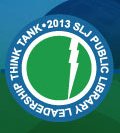 At Friday's inaugural SLJ Public Library Leadership Think Tank, Rebecca Miller, editor-in-chief of School Library Journal, set the tone with her theme of collaboration. The ideas raised among the public librarians--attendees from New York City to Washington State--at the New York Public Library's flagship Fifth Avenue branch will be carried into SLJ's fall summit. It was a day of conversation about partnerships, between public librarians, school librarians and community leaders, and tips on how to make it happen.
At Friday's inaugural SLJ Public Library Leadership Think Tank, Rebecca Miller, editor-in-chief of School Library Journal, set the tone with her theme of collaboration. The ideas raised among the public librarians--attendees from New York City to Washington State--at the New York Public Library's flagship Fifth Avenue branch will be carried into SLJ's fall summit. It was a day of conversation about partnerships, between public librarians, school librarians and community leaders, and tips on how to make it happen.
 |
| Pamela Sandlian Smith |
"If libraries were tree houses..." began Pamela Sandlian Smith, director of Anythink Libraries in Colorado. She took a seemingly abstract topic and made it a reality, with airy, light-filled spaces populated with "museum quality" trees as reading rooms and "experience zones" where patrons could watch chicks hatch or view an art exhibit with sound effects. Anythink Libraries hosts a Tech Fest day, for everyone from shelvers (or "wranglers," as Smith calls them) to library staff to board members, in which they learn from local experts how to make and edit videos and animated shorts and other projects, then teach their patrons in turn. Smith said she went to her boss with her top 10 goals. He said it might take them 10 years to get there, but he was on board. "If he'd said no," Smith said. "I would have left." What about the naysayers, someone asked. "You'll always have 6%-7% who are grumpy," said Smith. "Listen to your innovators. They drive the bus."
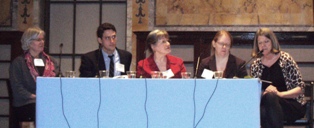 |
|
Moderator Daryl Grabarek (far r.) and panelists Kathy Bennett, Nicholas Higgins, Susan Modak, Rachel Payne.
|
Next up was a panel of innovators: Kathy Bennett, a Library Lead teacher from Metro Nashville Public Schools; Nicholas Higgins, associate director of community outreach for NYPL; Susan Modak, Montgomery County Public Libraries in Maryland; and Rachel Payne, coordinator of Early Childhood Services at Brooklyn Public Library in New York. Payne talked about the importance of "branding"--how, for example, changing her program from "Saturday Storytime" to "Ready, Set, Kindergarten" increased attendance by 30% and led to a collaboration with the Department of Education. "Match your mission to the potential partners," Higgins said. "Approach it like a job interview." Payne fine-tuned Higgins's point: "I went from 'I want to work with that organization,' to 'I want to work with that person.'"
Bennett forged a lending program and courier system permitting public libraries to lend to school libraries. This helped schools meet the Common Core Standards with a broader array of literature and resulted in an increase of 5,500 elementary school students and 17,000 first-time users at public libraries overall. Lynn Lobash, manager of strategic projects at NYPL, also discussed outreach to New York public schools, only 56% of which have a librarian. MYLibraryNYC is a program to convert school IDs to public library cards. They have a shared catalogue, with the school library collection as the main page and the public library catalogue as a sidebar whenever someone conducts a search in a school.
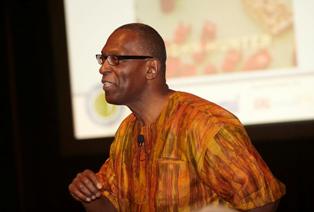 |
| John Hunter |
Collaborations among students emerged as the theme in John Hunter's inspiring keynote. As a teacher and the architect of the World Peace Game, Hunter wrote World Peace and Other 4th-Grade Achievements (just out from HMH). He lays out 50 complex interlocking global problems and a four-tier, 4'x4' Plexiglas structure representing the planet, and a room full of fourth-graders must reach a shared goal of achieving world peace. "There's no way [the game] can be won by a single person, but I don't teach them that. They learn by engaging in the process," explained Hunter, who gave a TED Talk about his innovative game, which is also the subject of a documentary (with the same name as his book). He noted that the troublemaker is often his best student, with skills worth leveraging. "If you can touch the heart, the mind contact goes deeper," Hunter said.
At the breakout "Think Tank" session on Common Core Standards, the focus was on assuaging the fears of teachers and parents, directing them to books that inspire critical thinking. The Think Tank Apps group stressed the need for balance among apps, e-books and print books; because most kids bring in their own devices, the budget can be shifted away from devices and toward content. The Rethinking Spaces group suggested "designated spaces"--not necessarily permanent and flexible for the needs of the project you're bringing to the community. The "Librarians Wild" group offered strategies that could be applied to many of the groups. "Find out who's doing what you want to be doing"; "Let people say what makes them uncomfortable," then figure out how to work through that; "Focus on what you can do and build on successes"; "Accomplish things as a group, so you have a succession plan."
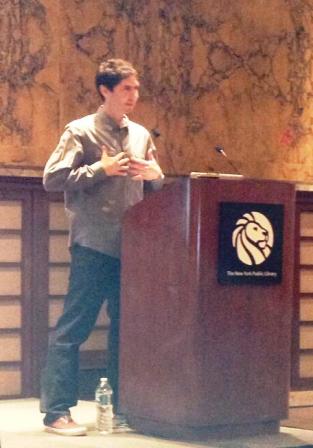 |
| Matt de la Peña |
In a moving keynote, author Matt de la Peña (Mexican White Boy; Curse of the Ancients) said that the library was a refuge for him in school, where he read sports stories tucked inside War and Peace. He grew up the son of an American mother and a Mexican father who spoke Spanish but wanted his children to "be American" and not speak Spanish. De la Peña was the first in his family to attend college, on a basketball scholarship, and his freshman English teacher gave him The Color Purple. The book "changed me as a reader," de la Peña said. Later, his father asked if he could read Matt's books for college, the first of which was One Hundred Years of Solitude. The library became a refuge for his father, who used it to study first to complete his high school degree, then for a college equivalent. He now teaches third grade. --Jennifer M. Brown
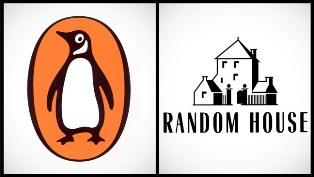 The European Commission in Brussels has approved without conditions the merger of Random House and Penguin Group. The merger has already been approved by regulators in the U.S., Australia and New Zealand and is still being reviewed in several other countries, including China and Canada.
The European Commission in Brussels has approved without conditions the merger of Random House and Penguin Group. The merger has already been approved by regulators in the U.S., Australia and New Zealand and is still being reviewed in several other countries, including China and Canada.







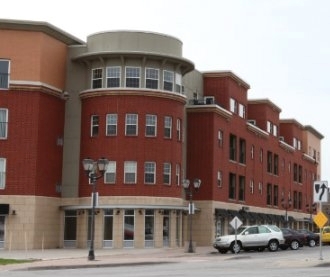
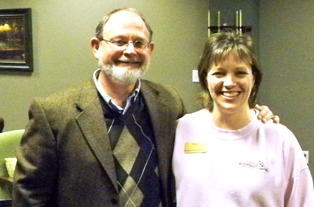
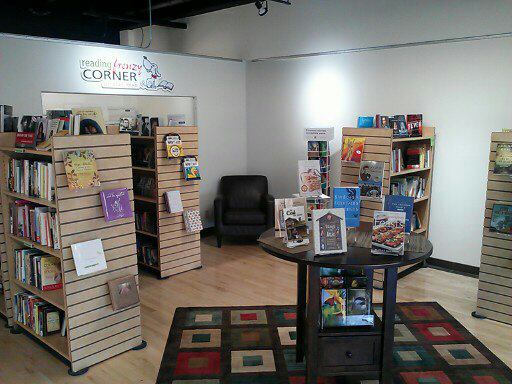 "I'll be combining my efforts with what's already going on and what will be going on to provide a match," Olson told the paper. "I think we can help each other. It's a win-win for the Arts Alliance and us. We hope to bring people through their doors."
"I'll be combining my efforts with what's already going on and what will be going on to provide a match," Olson told the paper. "I think we can help each other. It's a win-win for the Arts Alliance and us. We hope to bring people through their doors."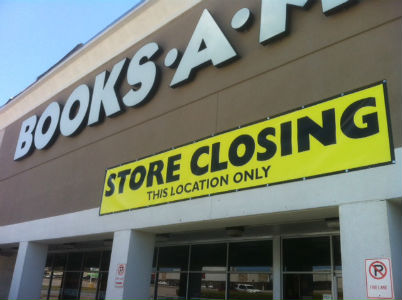 The
The 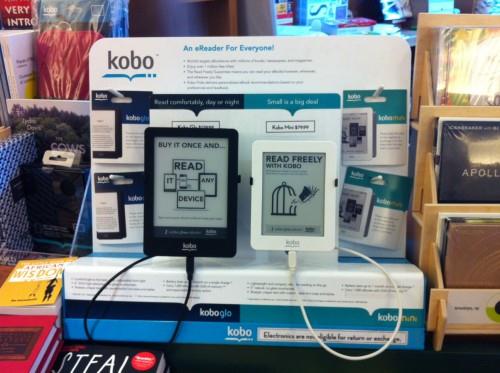 The sales numbers are, however, modest. Among stores surveyed by DBW, Books, Inc., in the Bay Area, has sold 300-400 e-books as well as 200 e-readers at its dozen stores; Harvard Bookstore in Cambridge, Mass. has sold "a couple hundred" e-books; Greenlight Bookstore, Brooklyn, N.Y., has sold about 100. At the bottom of the range is Alexander Book Co., San Francisco, which has sold no e-books (despite selling more than a dozen e-readers).
The sales numbers are, however, modest. Among stores surveyed by DBW, Books, Inc., in the Bay Area, has sold 300-400 e-books as well as 200 e-readers at its dozen stores; Harvard Bookstore in Cambridge, Mass. has sold "a couple hundred" e-books; Greenlight Bookstore, Brooklyn, N.Y., has sold about 100. At the bottom of the range is Alexander Book Co., San Francisco, which has sold no e-books (despite selling more than a dozen e-readers).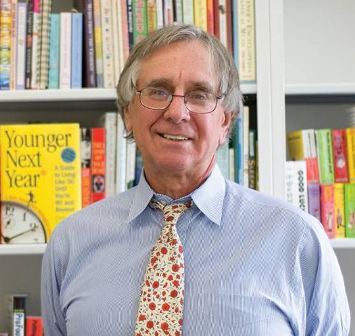 Peter Workman, founder, president and CEO of Workman Publishing Company, died yesterday of cancer. He was 74.
Peter Workman, founder, president and CEO of Workman Publishing Company, died yesterday of cancer. He was 74.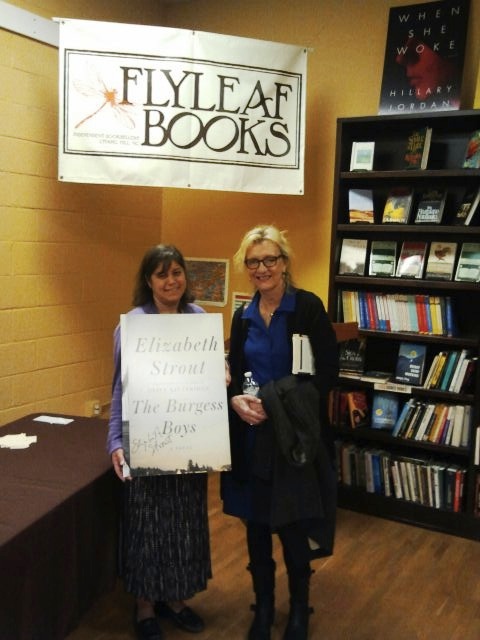 Yesterday,
Yesterday, 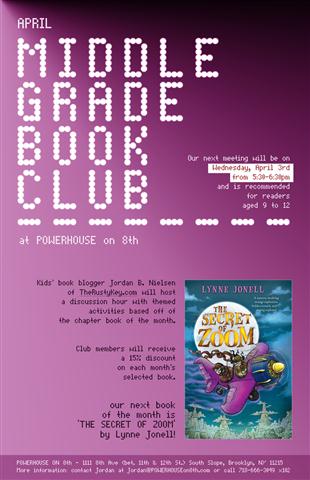 The Wall Street Journal discussed several
The Wall Street Journal discussed several  Targets of Revenge
Targets of Revenge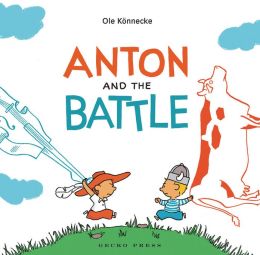 The GBO commented: "This imaginatively illustrated children's book portrays a common episode of boyhood (and girlhood): the epic battle between friends. Könnecke has chosen a style akin to that of Crockett Johnson, author of Harold and the Purple Crayon, and does it well.
The GBO commented: "This imaginatively illustrated children's book portrays a common episode of boyhood (and girlhood): the epic battle between friends. Könnecke has chosen a style akin to that of Crockett Johnson, author of Harold and the Purple Crayon, and does it well.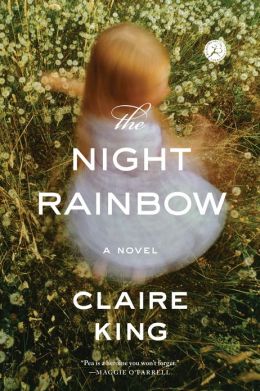 The aftermath of catastrophe forms the backdrop of Claire King's debut novel, The Night Rainbow. In a village in southern France, five-year-old Pea's pregnant mother, already reeling from the loss of the baby that preceded this pregnancy, is grieving the recent loss of her husband. Pea's mother withdraws to her room and the house is perpetually in shambles. It is in this oppressively sad atmosphere that Pea and her younger sister, Margot, alternate between trying to hold the house together and playing games for hours in the nearby meadow. There they meet Claude, a neighbor with a mysterious past.
The aftermath of catastrophe forms the backdrop of Claire King's debut novel, The Night Rainbow. In a village in southern France, five-year-old Pea's pregnant mother, already reeling from the loss of the baby that preceded this pregnancy, is grieving the recent loss of her husband. Pea's mother withdraws to her room and the house is perpetually in shambles. It is in this oppressively sad atmosphere that Pea and her younger sister, Margot, alternate between trying to hold the house together and playing games for hours in the nearby meadow. There they meet Claude, a neighbor with a mysterious past.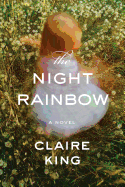
 At Friday's inaugural SLJ Public Library Leadership Think Tank, Rebecca Miller, editor-in-chief of School Library Journal, set the tone with her theme of collaboration. The ideas raised among the public librarians--attendees from New York City to Washington State--at the New York Public Library's flagship Fifth Avenue branch will be carried into SLJ's fall summit. It was a day of conversation about partnerships, between public librarians, school librarians and community leaders, and tips on how to make it happen.
At Friday's inaugural SLJ Public Library Leadership Think Tank, Rebecca Miller, editor-in-chief of School Library Journal, set the tone with her theme of collaboration. The ideas raised among the public librarians--attendees from New York City to Washington State--at the New York Public Library's flagship Fifth Avenue branch will be carried into SLJ's fall summit. It was a day of conversation about partnerships, between public librarians, school librarians and community leaders, and tips on how to make it happen.


